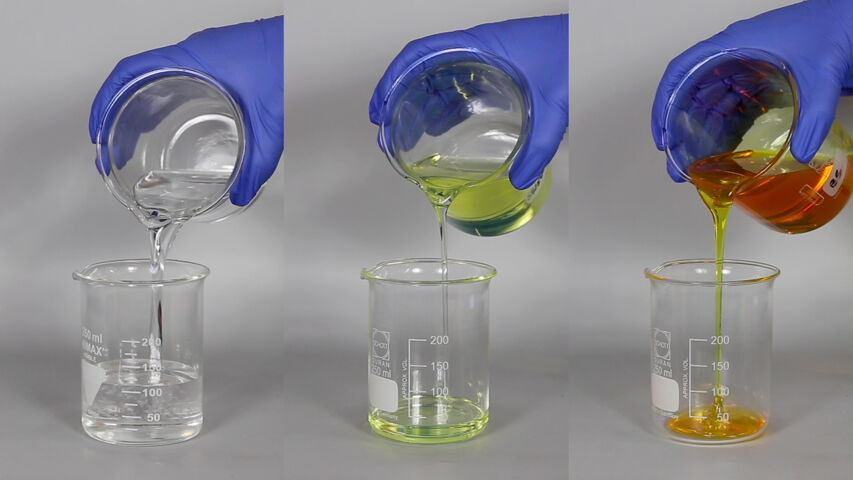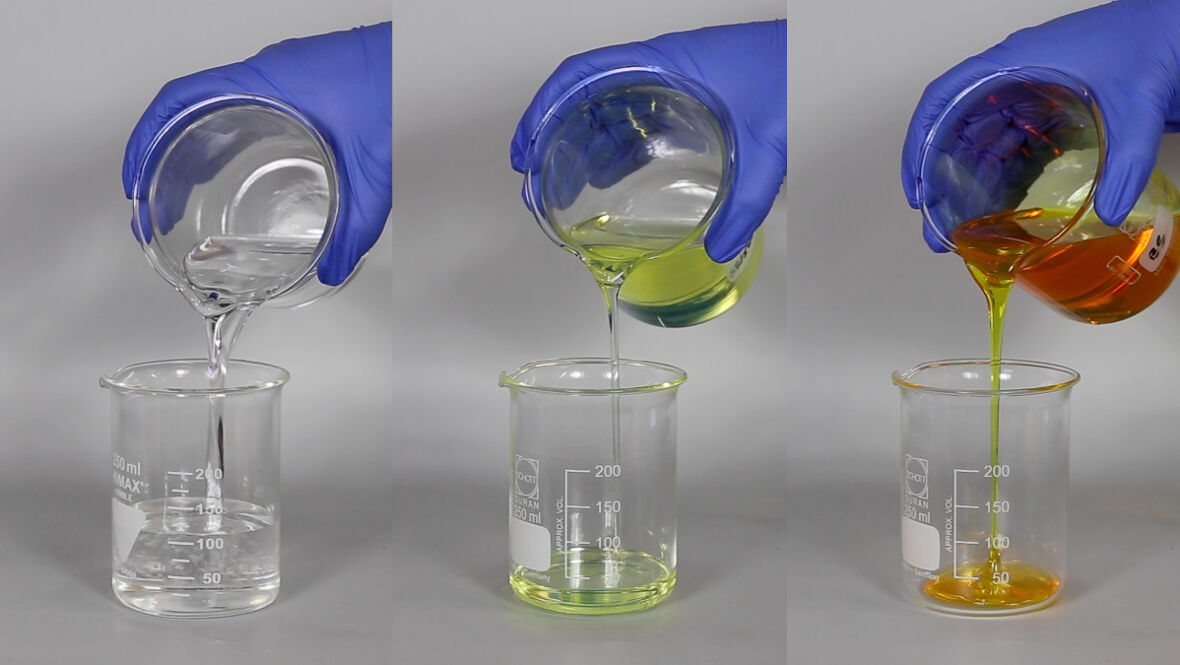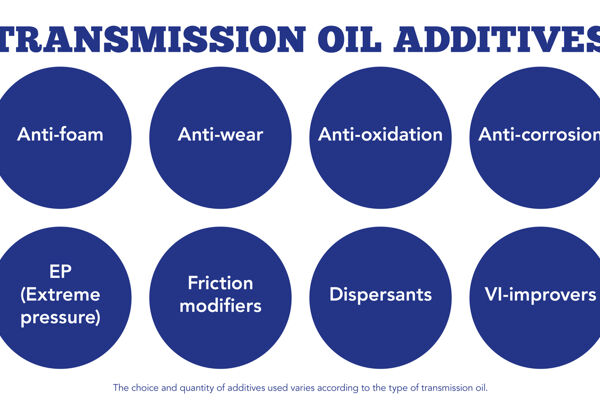
Start-Stop system: does it really wear out your en...
You probably are familiar with the following situation, you arrive at a traffic light and your engine stops running. Fortunately, it turns back on when you want to drive of...
March 19, 2020

The use of an engine oil that meets the prescribed viscosity is important to provide proper lubrication to the moving parts of the engine. The engine oil must provide a lubricating film in such a way that there is no contact between the moving parts, preventing wear.
One way of reducing the risk of wear is to use a high-viscosity engine oil. The higher the viscosity, the thicker the lubricating film and the smaller the chance of metal-to-metal contact. However, a lubricating film that is too thick will cause friction, resulting in loss of energy. Fluid friction leads to higher fuel consumption and, in turn, higher CO2-emissions. This has resulted in a search for the right balance: The development of lower viscosity engine oils which offer good protection combined with fuel-saving properties.
This video compares three base oils with different viscosities. From left to right the viscosity increases and the oil becomes thicker.
The viscosities of the oils at a temperature of 100 ̊C are, from left to right: 5.9 - 10.6 - 34.4.

To prevent fuel consumption due to excessive fluid friction, automobile manufacturers (OEMs) strive to use even thinner engine oils. Where a decade ago the market perceived a 5W-30 engine oil to be revolutionary, nowadays a 0W-20 is the main recommendation. In the viscosity number, the first digit - in this case 0 - stands for low temperature viscosity. The lower this number, the easier the engine starts at a cold start. The W stands for winter. The second number - in this case 20 - indicates the viscosity when the engine is warm (100 ̊C). The lower this number is, the thinner the engine oil (see the video above).
The trend towards lower viscosities calls for new engine oil formulations to cover the latest OEM specifications. The lower the viscosity of an engine oil, the more important the chemical protection of the engine becomes. Despite the change in viscosity, chemical component usage is limited to protect sensitive exhaust gas aftertreatment systems. As a result it becomes all the more important to strive for the optimal chemical composition of the engine oil and to follow the OEM advice.
It is therefore important to choose the right engine oil that complies with the OEM recommendations and thus with the prescribed specifications and viscosity. Want to know more about which lubricants you need for your vehicle? Then consult our Oil Advisor.
Currently, a 0W-20 engine oil is already prescribed by several car manufacturers. Some car manufacturers even prescribe a 0W-16, cause for Eurol to launch the Eurol Evolence 0W-16. Developments towards 0W-12 and 0W-8 engine oils are ongoing. The lower viscosities of these engine oils will offer even more fuel efficiency.
In our Research & Development Center, our engineers are continuously working on the development and improvement of products and technologies. We follow developments in the market to ensure that our lubricants provide the best properties for optimal performance.

You probably are familiar with the following situation, you arrive at a traffic light and your engine stops running. Fortunately, it turns back on when you want to drive of...

What does a coolant actually do, what are the differences between technologies, and what properties do they have? Why is it no longer possible to make a choice based on the...

Fuel savings, smoother shifting, extended lifespan, and smaller sump capacities: these are the main driving forces for innovations in the field of transmission.

Only the best lubricants are good enough for the toughest rally in the world. Curious to find out which Eurol lubricants are used in the Riwald Dakar hybrid truck? Then rea...

You probably are familiar with the following situation, you arrive at a traffic light and your engine stops running. Fortunately, it turns back on when you want to drive of...

What does a coolant actually do, what are the differences between technologies, and what properties do they have? Why is it no longer possible to make a choice based on the...

Fuel savings, smoother shifting, extended lifespan, and smaller sump capacities: these are the main driving forces for innovations in the field of transmission.

Only the best lubricants are good enough for the toughest rally in the world. Curious to find out which Eurol lubricants are used in the Riwald Dakar hybrid truck? Then rea...
